The transmission is the heart of your vehicle’s drivetrain, a complex system that converts engine power to wheel movement. Understanding how to prevent transmission failure is vital for its health and your safety.
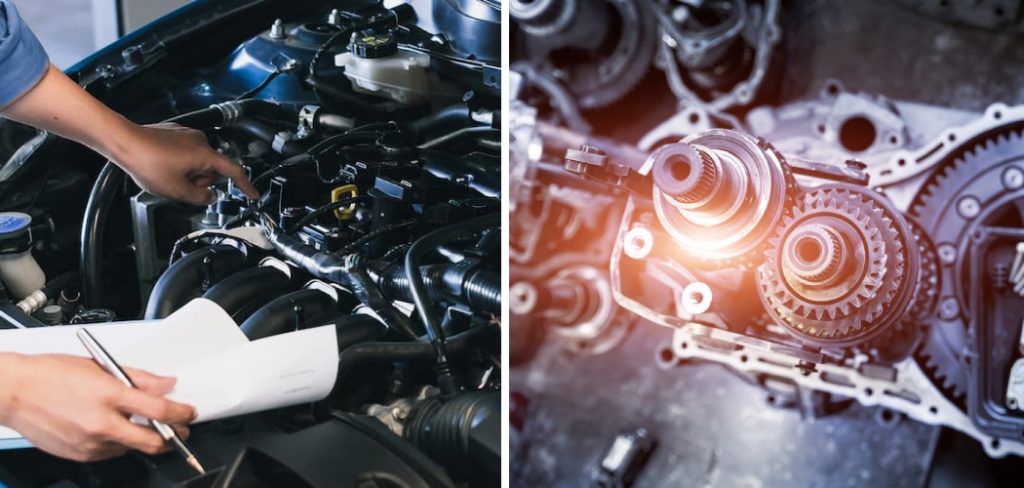
Neglect or malfunction of this crucial component can lead to high costs, severe inconvenience, and even pose a risk to passenger safety. Proactive preventative maintenance is your best line of defense against the inconvenience and expense of transmission repair or replacement.
This two-part article series will guide you through the steps to maintain your transmission, recognize warning signs of potential issues, and address them before they escalate. By prioritizing the health of your transmission through regular maintenance, you can extend its life and enhance overall vehicle performance and reliability.
Understanding Your Transmission
The transmission is a complex network of gears and sensors that is critical in dictating how your vehicle harnesses engine power to propel you forward. Modern vehicles have three primary transmission types: automatic, manual, and continuously variable transmission (CVT).
Automatic transmissions shift gears for you, making driving simpler by freeing you from manual gear changes. Manual transmissions, on the other hand, require the driver to manually select and engage the gears using a clutch pedal and gear stick. CVT is a type of automatic transmission that provides seamless acceleration without gear shifts, using a belt and pulley system to provide an infinite range of gear ratios.
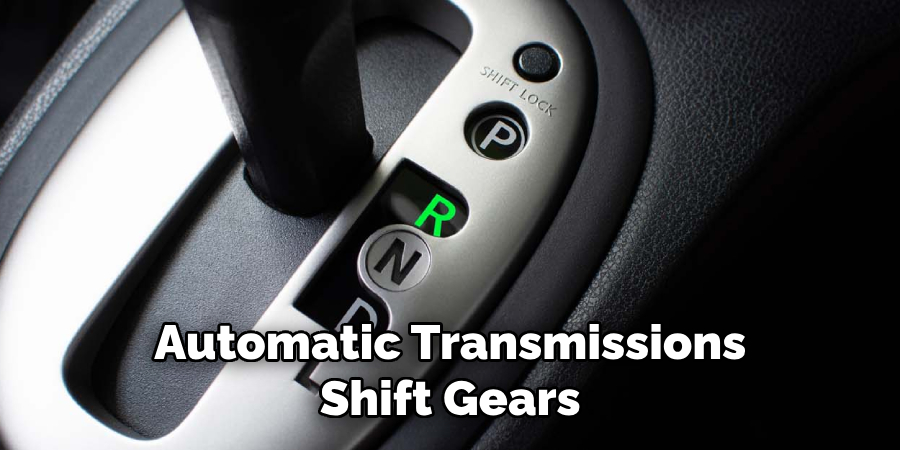
Key transmission components include the torque converter for automatics, the clutch for manuals and gears, and the transmission fluid, which facilitates smooth gear shifting and lubrication. Understanding the specific type of transmission your vehicle houses is crucial for accurate maintenance and avoiding unnecessary strain that could lead to failure. For instance, the wrong type of transmission fluid can cause significant damage to the system.
Recognizing the nuances of your vehicle’s transmission can aid in explicitly targeted maintenance—ensuring that you adhere to your model’s recommended service intervals and practices. A well-maintained transmission runs efficiently, leading to a longer-lasting vehicle. Essential resources for identifying your vehicle’s transmission type can be found in the owner’s manual or through the manufacturer’s website.
How to Prevent Transmission Failure: A Beginner’s Guide
1. Fluid Maintenance:
The longevity of your transmission hinges on the quality and condition of its fluid. Regular transmission fluid changes and flushes at manufacturer-recommended intervals are critical for preventing wear and degradation of transmission components.
While a fluid change involves draining and replacing old transmission fluid, a flush goes further by clearing out any lingering fluid throughout the system, removing more of the contaminants that can accumulate over time. It’s essential to use the correct transmission fluid specified by your manufacturer to ensure compatibility and optimal performance.
As a tip for checking transmission fluid level, your vehicle should be on a flat surface with the engine running after reaching operating temperature. Using the dipstick, ensure the fluid is at the appropriate level and check for a clear, red color and a sweet smell; a burnt odor or cloudy appearance indicates a problem.
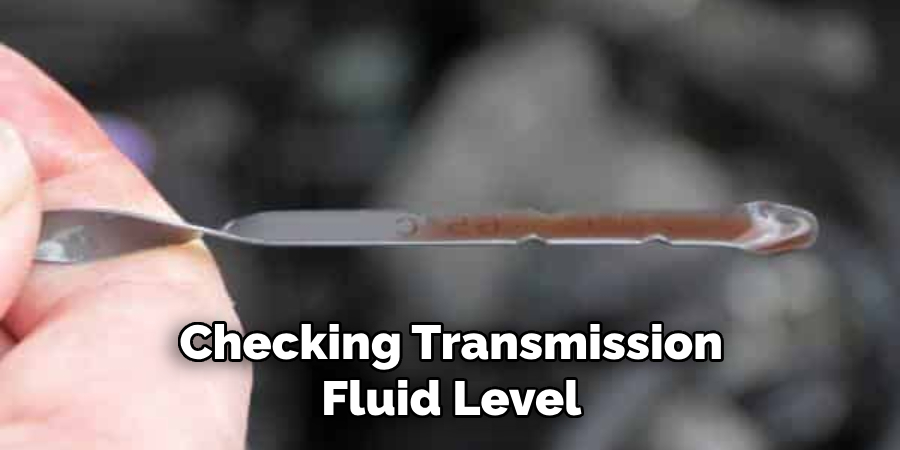
2. Filter Maintenance:
Transmission filters trap debris and particles that could clog your transmission’s inner workings. Replacing these filters according to your maintenance schedule is fundamental to maintaining a clean system. The most common types of transmission filters are pan filters and inline filters.
Pan filters require removing the pan for access, whereas inline filters are located along the transmission’s fluid lines and can often be more easily replaced. For locating and changing your vehicle’s specific filter, reference your owner’s manual or seek assistance from a professional mechanic to ensure the appropriate procedures are followed.
3. Cooling System Check:
A well-functioning cooling system is vital in preventing transmission overheating. Transmissions generate high heat, and the cooling system helps dissipate this, thereby fostering transmission health.
It’s recommended to have the cooling system inspected and serviced regularly to prevent any malfunctions that can escalate into more significant problems. Signs of a malfunctioning cooling system include transmission fluid leaks, increased engine temperature, and visible damage to cooling components. Watch out for these symptoms, which can negatively impact your transmission’s performance.
4. Driving Habits:
The adage “prevention is better than cure” rings particularly true regarding the longevity of your vehicle’s transmission. Proper driving habits, such as smooth and controlled acceleration and well-timed gear changes, can significantly reduce the stress on your transmission.
Conversely, bad habits like aggressive shifting, towing more weight than your vehicle’s maximum capacity, and resting your foot on the clutch pedal in a manual transmission vehicle can lead to increased wear and premature breakdown. Embracing gentle driving habits and considering your vehicle’s transmission limits will increase longevity and reliability.

Addressing Early Warning Signs
The acuity to recognize and respond to the early warning signs of transmission issues is pivotal in averting potential extensive damage and costly repairs. Being vigilant and responsive to the first indicators of trouble can mean the difference between a minor fix and a major transmission overhaul.
Common symptoms of transmission problems include:
- Slipping Gears: If your vehicle seems to shift gears for no apparent reason or the engine revs during a gear change, this may signal your transmission is slipping. It is often accompanied by a decrease in the car’s power.
- Grinding Noises: A grinding sound during shifting is a clear sign of trouble in manual transmissions. The car may shudder or change gears more vigorously than usual for automatics.
- Burning Smell: A burning odor from under your hood may indicate your transmission fluid is overheating due to overuse or low fluid levels.
When you notice any of these early warning signs, seeking prompt, professional diagnosis and repair is critical. Small issues can quickly escalate into major faults if not addressed, with the potential risk of complete transmission failure.
Ignoring these warning signs not only prolongs the underlying issue but can also cause further damage that might lead to more complex mechanical troubles, making the repair process more invasive and expensive.
Early detection and timely repair are paramount to maintaining the health of your vehicle’s transmission and can dramatically extend the life of your car. Take action at the first sign of trouble to protect the heart of your vehicle’s drivetrain and ensure a smooth and safe driving experience.
Additional Tips and Considerations
Regular professional transmission inspections are a cornerstone in preemptive vehicle care. Specialists bring a level of precision and insight that goes beyond routine check-ups, helping to catch issues that might be missed otherwise. The benefits of these inspections are twofold: ensuring all components are in top condition and potentially identifying concerns before they escalate into costly repairs.
Consultation of your vehicle’s owner’s manual cannot be overstated. This handbook provides custom-tailored guidance for your specific make and model, detailing the recommended maintenance schedule, fluid specifications, and operational best practices. Adhering to these recommendations can fortify your transmission’s integrity and longevity.
While prioritizing preventative maintenance incurs an upfront cost, it is notably more economical than the expense of major repairs following a transmission failure. Investing in routine checks and timely minor repairs can mitigate the risk of significant financial burdens down the road.
In conclusion, proactive measures in maintaining your vehicle’s transmission can deliver peace of mind, safeguard your investment, and ensure uninterrupted performance. Upholding a regimen of preventative care is the most effective strategy to thwart transmission failure and extend the life of your vehicle.
Advanced Preventative Measures
While maintaining a vehicle’s standard transmission system is crucial for longevity, there are advanced preventative methods to consider for those pushing their vehicles further than typical daily use. In this section, we explore performance modifications, upgrades, specialized usage scenarios, and the safeguarding of extended warranties and protection plans.
Performance Modifications and Upgrades:
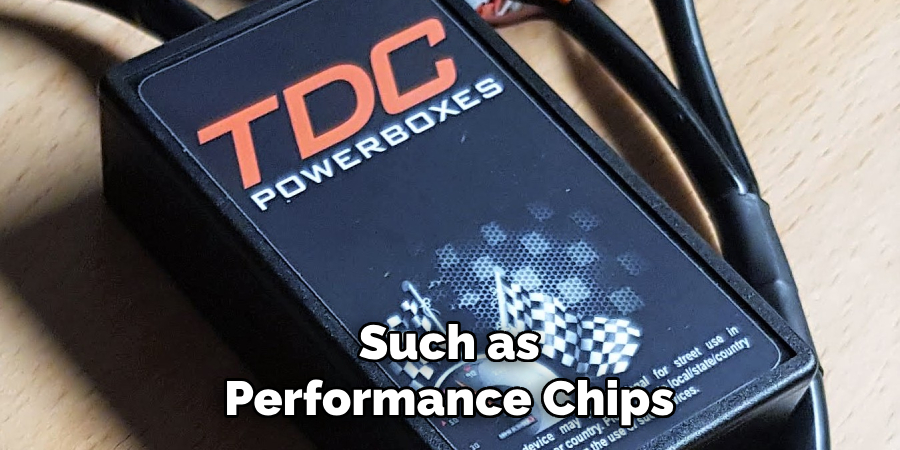
Owners who modify their vehicles for enhanced performance need to be aware of these changes impact on the transmission’s lifespan. Aftermarket upgrades, such as performance chips, shift kits, or more robust clutch systems, can offer a higher level of control and increase overall performance.
However, it is critical to consult with transmission professionals when considering these enhancements. Transmission-specific upgrades can ensure the system can handle additional power and speed ranges without significant wear. Unsanctioned modifications done without proper guidance can overstress the system, potentially causing faster wear or even immediate damage.
Heavy-Duty Towing and Off-Road Use:
Vehicles regularly utilized for heavy-duty towing or off-roading must adhere to specific requirements to maintain transmission health. These activities exert considerable stress on the transmission system, often necessitating additional cooling systems or heavy-duty components designed to withstand such rigorous use.
Owners are strongly advised to follow the manufacturer’s guidelines for towing and off-roading, as neglecting these recommendations can lead to unexpected failures or reduce the transmission’s useful life. Upgrades like auxiliary coolers or reinforced transmission parts can help mitigate the risks of these demanding driving conditions.
Extended Warranties and Protection Plans:
Extended warranties or protection plans can offer owners an additional layer of security, particularly for transmissions, which are complex and costly to repair or replace. These warranties can afford peace of mind by covering unforeseen transmission repairs after the manufacturer’s expired warranty.
However, it is essential to thoroughly understand the terms, including the coverage’s scope, deductibles, and limitations. Owners should consider the cost-effectiveness of such warranties based on their vehicle’s reliability record, usage patterns, and the likelihood of transmission problems occurring outside the standard warranty period.
In sum, advanced preventative measures are an investment in the vehicle’s future, potentially averting expensive overhauls or replacements while enhancing performance and reliability. Owners must balance the desire for performance modifications with the practicality of maintaining a healthy transmission system. Adopting these advanced measures while adhering to professional guidance and manufacturer specifications can lead to a superior and sustained driving experience.

That’s it! You’ve now learned how to prevent transmission failure and keep your vehicle running at its best. Following these tips and considerations can save time, money, and stress in the long run. Remember to prioritize preventative maintenance and consult with professionals for any concerns or upgrades. With proper care, your transmission will continue to be the heart of your vehicle’s drivetrain for many future miles!
Troubleshooting Common Transmission Issues
Identifying and understanding common transmission problems can be critical for maintaining your vehicle’s performance and lifespan. For automatic transmissions, slipping gears can indicate low fluid levels, worn clutches, or other internal issues. Manual transmissions may experience a grinding noise when shifting, which often signals a problem with the synchronizers or a misaligned clutch. Continuously Variable Transmissions (CVT) are known for potential gear slipping and overheating, particularly with aggressive driving or excessive loads.
Transmission shuddering or hesitation during gear changes is a frequent complaint and can denote a need for fluid service or internal mechanical failure. Moreover, the appearance of the check engine light or transmission-specific warning lights should never be ignored; these could be symptoms of a range of issues, from sensor faults to imminent transmission failure.
Vehicle owners must understand the importance of professional diagnosis for such specific issues. Professional mechanics have the equipment and expertise to accurately diagnose transmission problems, separating minor concerns from major red flags.
Self-diagnosis and attempting DIY repairs on complex transmission systems are strongly discouraged. Not only is there a significant risk of misdiagnosing the problem, but attempting to fix it without proper knowledge and tools can result in additional damage, ultimately leading to more costly repairs.
For instance, diagnosing the cause of slipping gears requires knowledge of transmission mechanics. It might involve checking transmission fluid levels and quality, inspecting for any leaks, or even using diagnostic software to pinpoint the issue. Meanwhile, grinding noises in a manual transmission could emerge merely from a need for fluid change or might indicate a more severe concern, like damaged gears or a worn clutch.
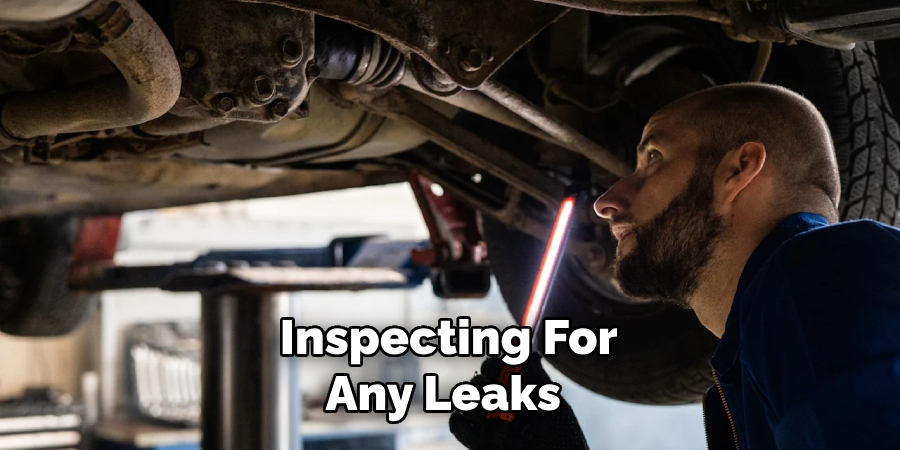
For safety and reliability, it’s always best to consult with and entrust your vehicle to trained professionals for transmission-related issues. Such an approach will ensure accurate diagnoses and appropriate repairs, thereby preventing further damage to the complex and essential component that is your vehicle’s transmission.
DIY Maintenance
While the intricacies of transmission repairs strictly warrant professional attention, there are specific maintenance tasks that the vehicle owner can undertake, with caution, to uphold the transmission’s condition. However, It is crucial to recognize limits and consult a professional for any tasks beyond basic upkeep.
For the layperson, checking the transmission fluid level is a manageable task that can be essential to transmission health. It is typically done with the vehicle on a flat surface, engine warm and running. Owners can use the dipstick to monitor fluid levels and the fluid’s color — it should be a clear pinkish hue, not burnt or dark. Refer to the owner’s manual for the correct procedure and fluid type specific to your vehicle.
It’s worth reiterating the importance of employing the correct tools and recommended fluids when performing any transmission-related maintenance. Deviating from the manufacturer’s guidelines can compromise performance, void the warranty, or cause irreversible damage.
Beyond these basic checks, undertaking transmission maintenance tasks such as fluid replacement or filter changes without adequate experience can escalate into costly mistakes. It cannot be stated enough: leverage knowledgeable oversight for any maintenance beyond the fundamentals, and always err on the side of caution to avoid inadvertent harm to your vehicle’s transmission system.
When is Repair Inevitable?
There comes a point when transmission repair becomes inevitable, often signaled by specific, critical symptoms. When a vehicle repeatedly experiences a loss of power under acceleration, inordinately jerky or unpredictable shifting, or a complete inability to engage gears, it signifies a potential transmission failure beyond mere repair. Such severe symptoms dictate an immediate consultation with a professional mechanic to determine the feasibility of repair or replacement.
Evaluating a vehicle’s overall value is pivotal before incurring major repair expenses. If the cost of transmission repair or replacement approaches or surpasses the vehicle’s current market value, it may be more economical to consider purchasing a new or used car. It’s crucial to take the time to consider this balance, reflecting on the longevity and reliability of the car post-repair.
Securing multiple professional opinions and estimates is wise and necessary to make an informed decision. Prices and suggested solutions can vary significantly between service providers. An honest and trusted mechanic will provide transparent advice about the potential benefits and disadvantages of repairing the transmission.

If repair costs are justified, investing in a used transmission might serve as a cost-effective alternative to a brand-new unit. However, if any repair’s price and future reliability are questionable, vehicle replacement might emerge as the most practical and financially sound option in the long run.
Conclusion
Throughout this discussion, it’s evident that transmission health is vital for your vehicle’s longevity and reliable operation. Key takeaways include recognizing common transmission issues such as slipping gears, grinding noises, and warning light indicators and understanding that attempting DIY repairs can often lead to costly consequences.
The importance of proactive maintenance cannot be overstated; it is the cornerstone of preventing more significant issues and ensures continuous vehicle performance.
Regular checks, particularly of the transmission fluid levels and quality, are simple yet effective habits that support early intervention when irregularities arise. Such vigilance is a primary strategy in learning how to prevent transmission failure, ensuring vehicles remain in prime condition over time. Vehicle owners should make it a priority to consult the owner’s manual for specific maintenance guidelines and seek the expertise of qualified professionals to address any concerns.
Ultimately, drivers can avoid the stress and expense of emergency repairs by embracing a proactive approach to transmission care. The message is clear: Stay informed, take preventive steps, and entrust complex tasks to experienced mechanics. In doing so, you’ll contribute to the longevity of your vehicle, enjoying a seamless and reliable driving experience for years to come.

Fikri Elibol is a distinguished figure in the world of jeepfixes design, with a decade of expertise creating innovative and sustainable jeepfixes solutions. His professional focus lies in merging traditional craftsmanship with modern manufacturing techniques, fostering designs that are both practical and environmentally conscious. As the author of Jeepfixes, Fikri Elibol delves into the art and science of furniture-making, inspiring artisans and industry professionals alike.
Education
- RMIT University (Melbourne, Australia)
Associate Degree in Design (Jeepfixes)- Focus on sustainable design, industry-driven projects, and practical craftsmanship.
- Gained hands-on experience with traditional and digital manufacturing tools, such as CAD and CNC software.
- Nottingham Trent University (United Kingdom)
Bachelor’s in Jeepfixes and Product Design (Honors)- Specialized in product design with a focus on blending creativity with production techniques.
- Participated in industry projects, working with companies like John Lewis and Vitsoe to gain real-world insights.
Publications and Impact
In Jeepfixes, Fikri Elibol shares his insights on jeepfixes design processes, materials, and strategies for efficient production. His writing bridges the gap between artisan knowledge and modern industry needs, making it a must-read for both budding designers and seasoned professionals.
